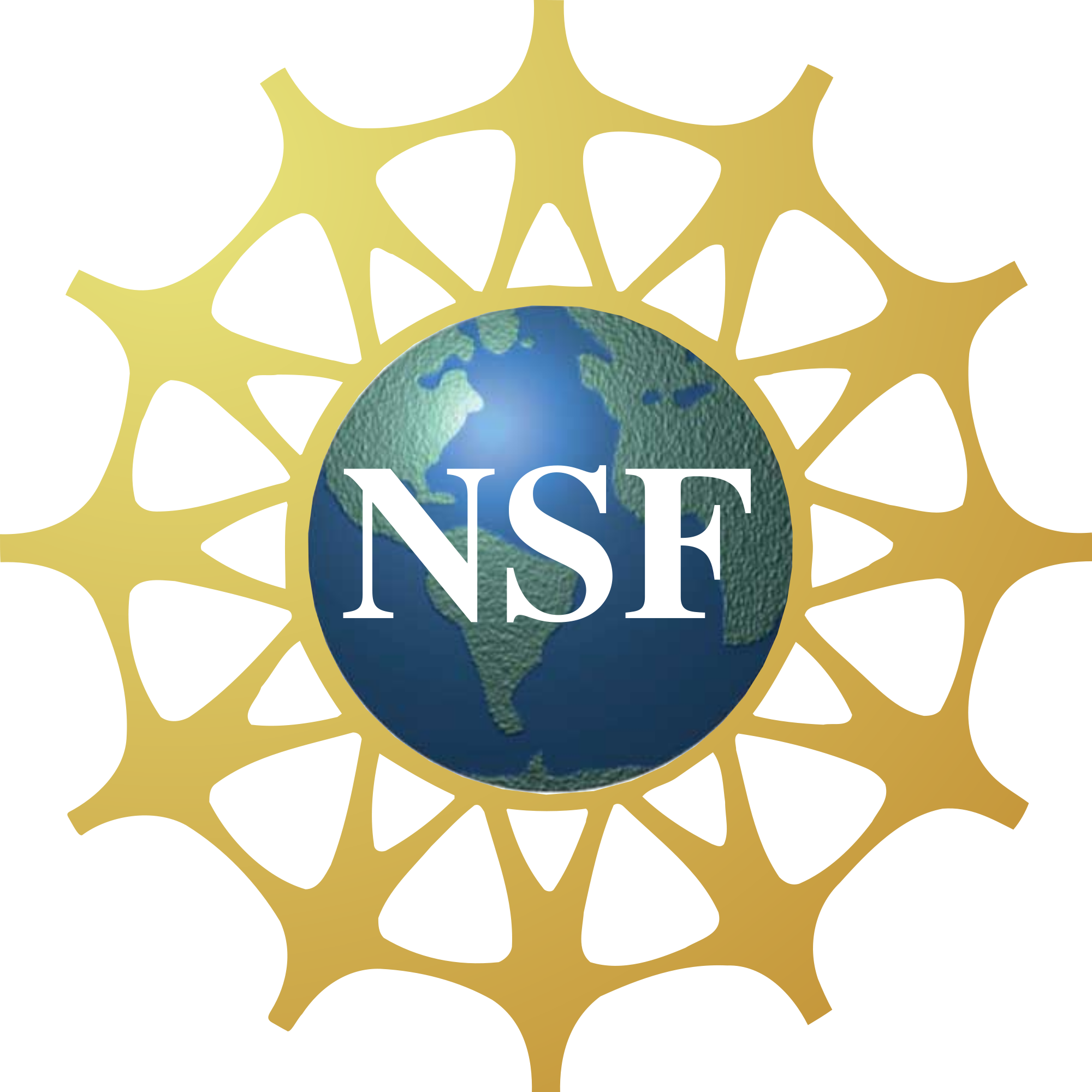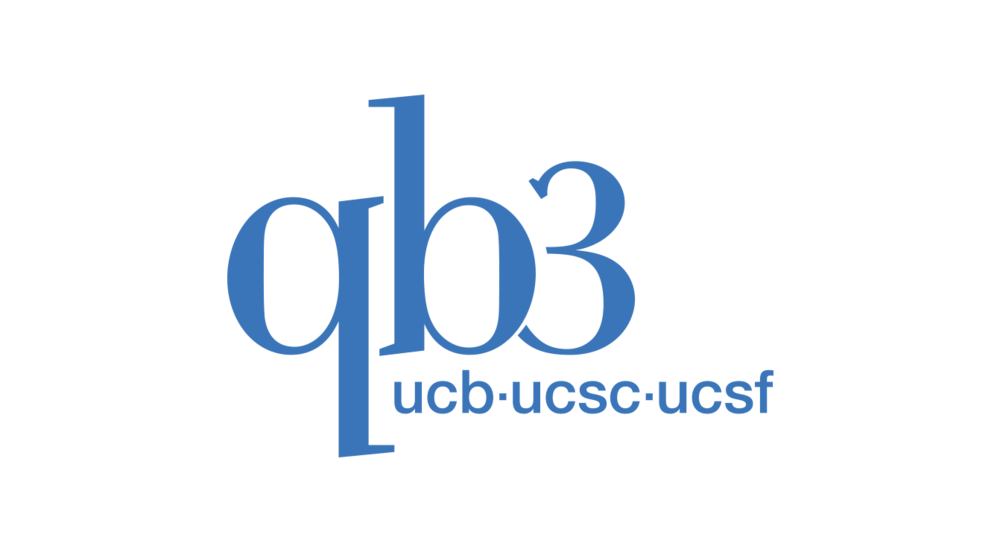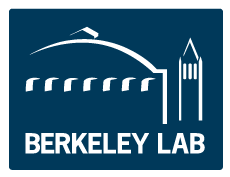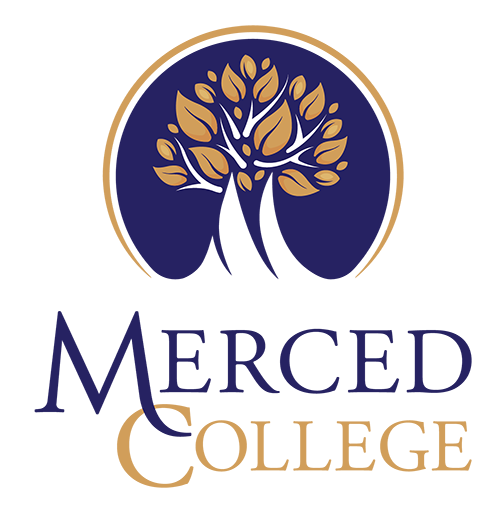
- Post-Doc, 1996 - National Institutes of Health
- Ph.D., 1992 - University of Washington
- B.A., 1987 - University of California, Berkeley
The rising and setting of the sun causes dramatic oscillations in light and temperature each day. Most life forms involuntarily coordinate their lifestyles to these cyclic variations by means of an endogenous clock called the circadian clock. These circadian clocks have been identified in diverse organisms from cyanobacteria to humans, and studies suggest that the circadian clock has adaptive value.
Professor LiWang's laboratory is resolving the structural and biochemical basis of rhythmicity of the cyanobacterial circadian clock. The central oscillator of this clock is composed of only three proteins, which by themselves in a test tube with ATP generate a self-sustained circadian rhythm for several days. Their objective is to develop a comprehensive understanding of how a simple mixture of three proteins keeps time.
Dedicated laboratory space contains a 600 MHz NMR spectrometer (Bruker Avance III equipped with 4 RF channels and z-axis pulsed field gradient amplifier, and cryoprobe with pulsed field gradient coil), spectrofluorimeter, differential scanning calorimeter, and isothermal titration calorimeter.
















